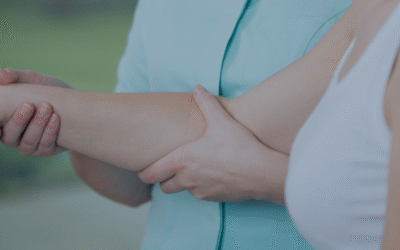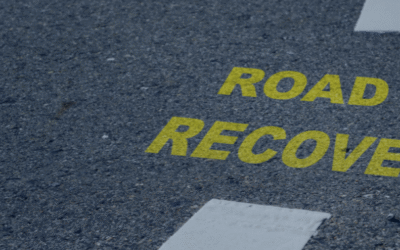The Tigo 558 – A Reliable Therapeutic “Workhorse” For Passive, Assisted, And Active Cycling.

In the realm of rehabilitation and physical therapy, technological advancements have significantly improved the options available for patients seeking effective and accessible solutions. One such innovation that stands out is the THERA-Trainer Tigo 558 – a motor-assisted stationary cycling trainer designed to cater to the diverse needs of individuals in various settings, from clinics to home care. In this blog post, we will explore the features and benefits that make the THERA-Trainer Tigo 558 a reliable therapeutic “workhorse” for passive, assisted, and active cycling.
Understanding the 558 Tigo:
The THERA-Trainer Tigo is a state-of-the-art motor-assisted stationary cycling trainer that serves as a versatile tool for rehabilitation. Its design allows for both lower and upper body engagement, making it a comprehensive solution for patients with varying physical abilities. The device is engineered to facilitate passive, assisted, and active cycling, adapting to the specific needs and capabilities of each user.
Key Features:
1. Motor-Assisted Cycling:
– The motor-assisted feature sets the Tigo 558 apart, providing a smooth and controlled cycling experience.
– This feature is particularly beneficial for individuals with limited mobility or strength, as it allows them to engage in cycling with minimal effort.
2. Versatility in Settings:
– The Tigo 558 is adaptable to different environments, from clinical settings to home care.
– Its user-friendly design makes it easy for therapists and patients alike to integrate it into rehabilitation programs.
3. Dual Functionality – Legs and Upper Body:
– This cycling trainer is not limited to lower body exercise; it also accommodates upper body engagement.
– This dual functionality is crucial for addressing a wide range of therapeutic needs, offering a holistic approach to rehabilitation.
4. Customisable Resistance:
– The Tigo 558 allows therapists to adjust resistance levels, tailoring the intensity of the exercise to the unique requirements of each patient.
– This customisation ensures that the device can be effectively utilized for patients at various stages of their rehabilitation journey.
Benefits for Patients:
1. Improved Mobility:
– The motor-assisted cycling aids in improving joint mobility and flexibility, making it an ideal solution for those recovering from injuries or surgeries.
2. Gradual Progression:
– The ability to customise resistance levels enables therapists to create progressive rehabilitation plans, gradually increasing the challenge as patients gain strength and endurance.
3. Engaging Therapy Sessions:
– The inclusion of upper body engagement ensures that therapy sessions remain dynamic and engaging, preventing monotony and promoting overall well-being.
Overall, the THERA-Trainer Tigo 558 emerges as a reliable and innovative solution in the realm of therapeutic cycling. Its motor-assisted technology, versatility in settings, dual functionality, and customisable features make it a therapeutic “workhorse” that caters to the diverse needs of patients in rehabilitation. As technology continues to advance, tools like the Tigo 558 play a crucial role in enhancing the quality of care and improving the outcomes of individuals on their journey to recovery.
Recent Blog Posts
Bridging the Gap: How to Continue Intensive Stroke Rehab After Hospital Discharge
Leaving the hospital after a stroke is a critical time. Irish researchers have identified a “discharge gap,” where many patients feel their care is “fragmented” and they lose access to therapy.
The HSE’s National Stroke Strategy is tackling this by discharging patients earlier with “Early Supported Discharge” (ESD) teams who visit you at home. The Tigo 558 is the perfect partner for this new model. It’s designed to be in your home, ready for you on day one, so there is no interruption to your recovery. It bridges the gap between hospital and home, allowing you to continue the intensive rehab prescribed by your ESD team.
The 2023 Irish Stroke Guideline Sets a New Standard for Recovery. Are You Equipped to Meet It?
This year, stroke recovery in Ireland has a new "gold standard." The new National Clinical Guideline for Stroke - adopted across Ireland and the UK - has officially raised the bar for what your recovery should look like. It's not just a document for hospitals. It has...
Exercise Therapy for Dementia: A Path to Empowerment and Independence
At Beechfield Rehab, we provide innovative solutions to support individuals with dementia. The THERA-Trainer Tigo 558 is a versatile, motor-assisted therapy device designed to improve mobility, strength, and independence.



